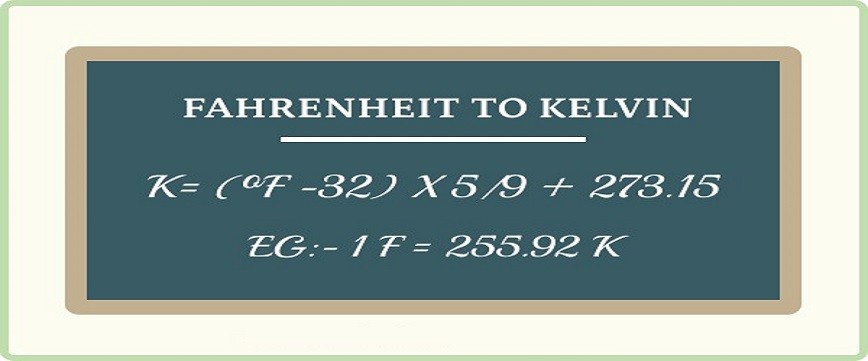
Fahrenheit
Definition
Fahrenheit is a unit of temperature that was used before metrication. This unit is currently defined by two fixed points: the point at which water freezes, 32°F, and the boiling point of water, 212°F, both at sea level and standard atmospheric pressure. This interval between the freezing and boiling point is divided into 180 equal parts.
Origin
The Fahrenheit scale was developed from an idea that was proposed in 1724 by the German physicist Daniel Gabriel Fahrenheit. He initially based the scale by selecting the values of 30°F for the freezing point of water and 90°F for normal body temperature. He later adjusted the scale such that melting ice would be 32°F and body temperature would be 96°F. When using a thermometer's fixed reference points became popular, he slightly changed the scale again to 180 degrees separating freezing and boiling rather than using his original numbers of 32° and 96°. Normal human body temperature is approximately 98°F now but it used to be more like 96°F.
Current use
The Fahrenheit scale was the primary temperature scale until the 1960s. Currently, most countries use the Celsius scale instead, having converted during their metrication processes (the process of converting to using only metric units in a country). And though it's no longer as well-known, many countries still use the Fahrenheit scale for certain purposes. For example, countries like the United States and its unincorporated territories, Bahamas, Belize and Cayman Islands all routinely use the Fahrenheit scale.
Kelvin
The kelvin is the unit of thermodynamic temperature in the International System of Units. It is a unit that has been changed in 2019 to include a fundamental change in how it is calculated, with better accuracy and meaning. Now the kelvin is dependent on the definitions of the second, the meter, and the kilogram.
Origin
British physicist William Thomson is known as Lord Kelvin, and it's thanks to him that the kelvin was created. In 1848, Thomson wrote a paper detailing the need for an absolute temperature scale. He calculated that absolute zero would be -273°C, which is only a 0.15 degree deviation from the current accepted value.
The kelvin was defined as 1/273.16 of the thermodynamic temperature of the triple point of water (0.01°C or 32.018°F). This definition came about in 1954, when the General Conference on Weights and Measures designated the triple point of water as the second defining point of the Kelvin scale, defining 273.16 K exactly.
The changes to the definition of the kelvin as it relates to SI units does not change how it is used or its relationship with other measurement scales.
Current use
This is because the kelvin, like Celsius, is a unit of temperature measurement in science and engineering that uses degrees. The difference is that the Kelvin and Celsius are exactly equal in magnitude. Unlike Celsius or Fahrenheit, Kelvin measurements are not used in meteorological contexts.
Fahrenheit to Kelvin Conversion Table
Fahrenheit [°F] Kelvin [K]
0.01 °F 255.3777777778 K
0.1 °F 255.4277777778 K
1 °F 255.9277777778 K
2 °F 256.4833333333 K
3 °F 257.0388888889 K
5 °F 258.15 K
10 °F 260.9277777778 K
20 °F 266.4833333333 K
50 °F 283.15 K
100 °F 310.9277777778 K
1000 °F 810.9277777778 K
How to Convert Fahrenheit to Kelvin
K = 5/9(F + 459.67)
F = 9/5K - 459.67
Example: Convert 50 °F to K:
50 °F = (50 + 459.67) × 5/9 = 283.15 K
A unit converter is an online free tool that enables you to convert one unit of measurement into another.
If you are wondering , How to convert Fahrenheit to Kelvin online temperature conversion formula.
You are at the right place, Celsius to Kelvin | how to convert Celsius to Kelvin temperature conversion & Bar to Psi online Pressure conversion formula chart, table to find an easy & quick conversion calculator. An online conversion calculator helps you convert all types of the measurement unit.